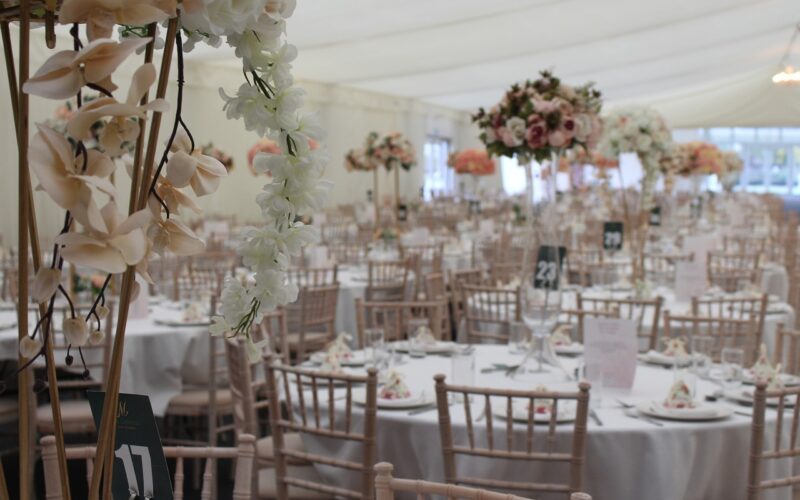Are you considering a house renovation project with your partner but not quite sure of the costs involved? While the majority of people understand that remodelling or renovating their home will come with an increase in expenses and likely stress levels, understanding how to manage those factors can be tough.
Knowing what kind of budget you should allocate for different projects like painting, plumbing, carpentry work etc., is essential to ensure that your renovation runs smoothly and without any hiccups along the way.
Overview of costs
Renovating your home can be both exciting and daunting, particularly when it comes to costs. The costs of renovating your property can vary greatly, from the materials and fixtures you choose to the amount of labour required. Labour costs alone can make up a significant portion of your renovation budget, depending on the size of the project.
When planning your renovation, it's important to consider all the costs involved and have a clear budget in mind. By doing so, you can make informed decisions and ensure your home renovation doesn't break the bank.
Tips on how to budget
Renovating a house can be expensive, but with proper budgeting, you can avoid overspending and still achieve the desired results. Start by researching common renovation costs in your area, and create a list of all the materials and services needed. Make sure to allow a buffer for unexpected expenses.
It's important to set a realistic budget and stick to it by prioritising the most important aspects of the renovation. There is no point paying for bespoke furniture when there is no budget for it. Consider doing some projects yourself to save on labour costs, but be honest about your capabilities and limitations.
Ways to cut down on costs
Finding ways to reduce costs can be tricky, especially when it comes to materials and supplies. However, with a bit of creativity, it's possible to make substantial savings while still delivering high-quality products. One option is to repurpose existing materials; for example, some businesses use old packaging as filling for new shipments.
Others may source materials from unlikely places; recycled cardboard can make for sturdy packing boxes, and thrift stores or online marketplaces can provide unique and inexpensive items for office interiors. Instead of getting fitted furniture, upcycled second hand finds in charity shops maybe an option.
Another possibility is to collaborate with other companies to bulk-buy supplies, cutting costs while reducing waste. With a little ingenuity, there are plenty of ways to reimagine materials and supplies, resulting in savings and a positive environmental impact.
Factors that may influence cost
Undertaking a project can be an exciting but costly endeavour. It is essential to consider all factors that may influence the final cost, such as location and the size of the room. For example, you may have your heart set on fitted wardrobes for the bedroom but due to the large size of the room it maybe too expensive. Depending on where the project is located, it may be more expensive due to factors like accessibility and labour costs.
Similarly, the size of the project can impact the amount of materials and labour required, resulting in a higher overall cost. While there are various factors to consider, ensuring you are aware of them all and incorporating them into your project plan can help you manage your budget more effectively.





